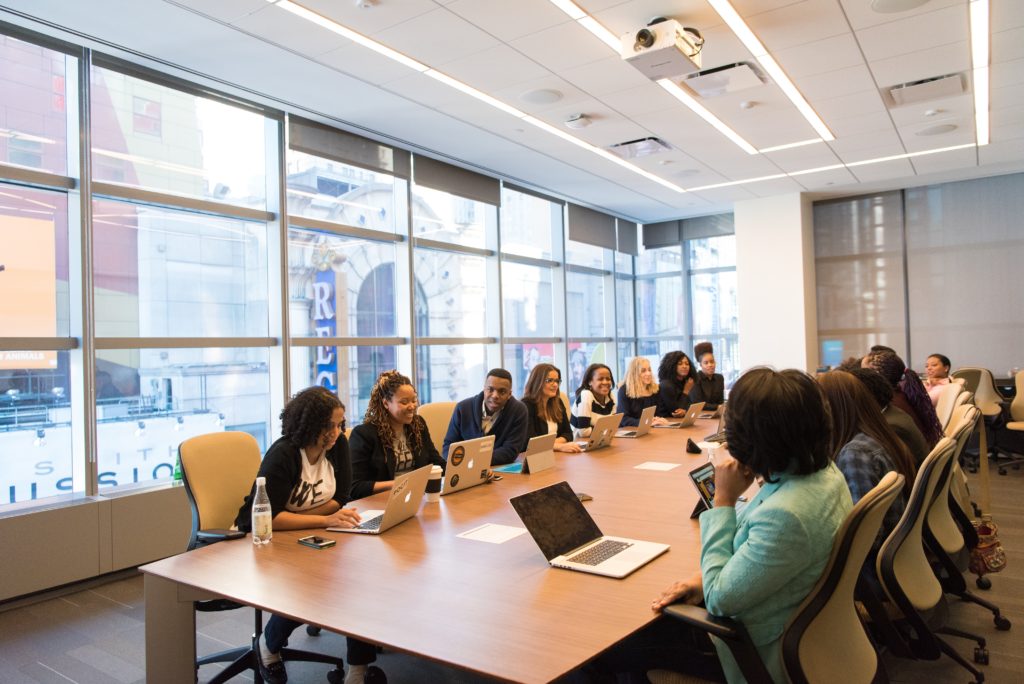Return to Work Plans Following the COVID-19 Pandemic
The coronavirus (COVID-19) pandemic has interrupted many businesses across the country. While it’s unclear how long COVID-19 will continue to affect organizations, many employers are looking to the future of employees returning to work. Echoing the sentiments of public health officials, a return to normalcy won’t be like flipping a switch, but rather a gradual effort. In preparation for reopening your business and asking employees to come back to work, it’s imperative that your company thoughtfully constructs a return to work plan for its employees to keep everyone healthy and safe following the COVID-19 pandemic. Please note that this article should be used for informational purposes only and should not supersede applicable state or local guidance. Additionally, please review any workplace-specific considerations, which could be more involved depending on the industry you operate in, when drafting your return to work plan. Return to Work Plans: Introduction A return to work plan is typically created to help reintegrate workers who have been injured or have been on leave. The plan includes details on how the worker will gradually return to work and any job-related specifics. Its purpose is to formalize steps for a safe and quick return to work. There are many benefits of return to work plans for both the employer and the employee. Employers can enjoy increased employee engagement, proactive cost containment, reduced turnover, increased communication and improved morale with an established return to work plan. And it’s been proven that employees who go through return to work plans are able to get back to work quicker than those who don’t, meaning that employers will see increased productivity following an employee’s return to work. Employees also benefit from return to work plans, as they feel supported by their employer, which increases their engagement and loyalty to the company. Going through a return to work plan also helps them get back to work faster and increases the likelihood that they feel secure and stable in their role. The benefits of return to work plans are undeniable. While these plans are typically customized on an individual basis, you can use the basics of a return to work plan to build your company’s approach to asking employees to return to work following the COVID-19 pandemic. COVID-19 Return to Work Plans COVID-19 has caused many businesses to shut down or transition their employees to work from home, disrupting daily work life for many. As stay-at-home regulations are scaled back and all businesses are allowed to resume as normal, your employees will be asked to come back to work. While they may not be coming back from an injury or leave, you need to have a plan in place for all employees to safely and successfully return to work. While you may need to tailor your organization’s COVID-19 return to work plan to employees’ specific needs (e.g., child care arrangements, caregiving responsibilities and health issues), having a generalized plan in place can help you safely reopen your business. Your COVID-19 return to work plan should include the following: Anticipated return to work date—With the uncertainty that COVID-19 has brought, it’s important to give clear information and dates when employees are to return to work whenever possible. Be sure to be flexible with your dates, though, as local and state orders are frequently updated. Disinfecting and cleaning measures—Because COVID-19 can remain on surfaces long after they’ve been touched, it’s important that your business frequently cleans and disinfects the facility. Some best practices include: Cleaning and disinfecting all frequently touched surfaces in the workplace, such as workstations, keyboards, telephones, handrails and doorknobs. Discouraging workers from using other workers’ phones, desks, offices, or other tools and equipment, when possible. If necessary, clean and disinfect them before and after use. Providing disposable wipes so that commonly used surfaces can be wiped down by employees before each use. Social distancing protocol—Social distancing is the practice of deliberately increasing the physical space between people to avoid spreading illness. In terms of COVID-19, social distancing best practices for businesses can include: Avoiding gatherings of 10 or more people Instructing workers to maintain at least 6 feet of distance from other people Hosting meetings virtually when possible Limiting the number of people on the job site to essential personnel only Discouraging people from shaking hands Employee screening procedures—To keep employees safe, consider conducting screening procedures to identify potentially ill employees before they enter the office. The Equal Employment Opportunity Commission permits employers to measure employees’ body temperatures before allowing them to enter the worksite. Any employee screening should be implemented on a nondiscriminatory basis, and all information gleaned should be treated as confidential medical information under the Americans with Disabilities Act—specifically, the identity of workers exhibiting a fever or other COVID-19 symptoms should only be shared with members of company management with a true need to know. Be sure to notify employees that you will be screening them to avoid any surprises. Employee safety training—Your return to work plan should include detailed safety training guidance to ensure that all employees understand how they can prevent the spread of COVID-19. Your plan should discuss the following safety training topics: Respiratory etiquette and hand hygiene—Businesses should encourage good hygiene to prevent the spread of COVD-19. This can involve: Providing tissues and no-touch disposal receptacles Providing soap and water in the workplace Placing hand sanitizers in multiple locations to encourage hand hygiene Reminding employees to not touch their eyes, nose or mouth Personal protective equipment (PPE)—PPE is equipment worn by individuals to reduce exposure to a hazard, in this case, CVOID-19. Businesses should focus on training workers on proper PPE best practices. Employees should understand how to properly put on, take off and care for PPE. Training material should be easy to understand and must be available in the appropriate language and literacy level for all workers. Staying home when sick—Encourage employees to err on the side of caution if they’re not feeling well and stay home when they’re sick or are exhibiting common symptoms
Return to Work Plans Following the COVID-19 Pandemic Read More »



